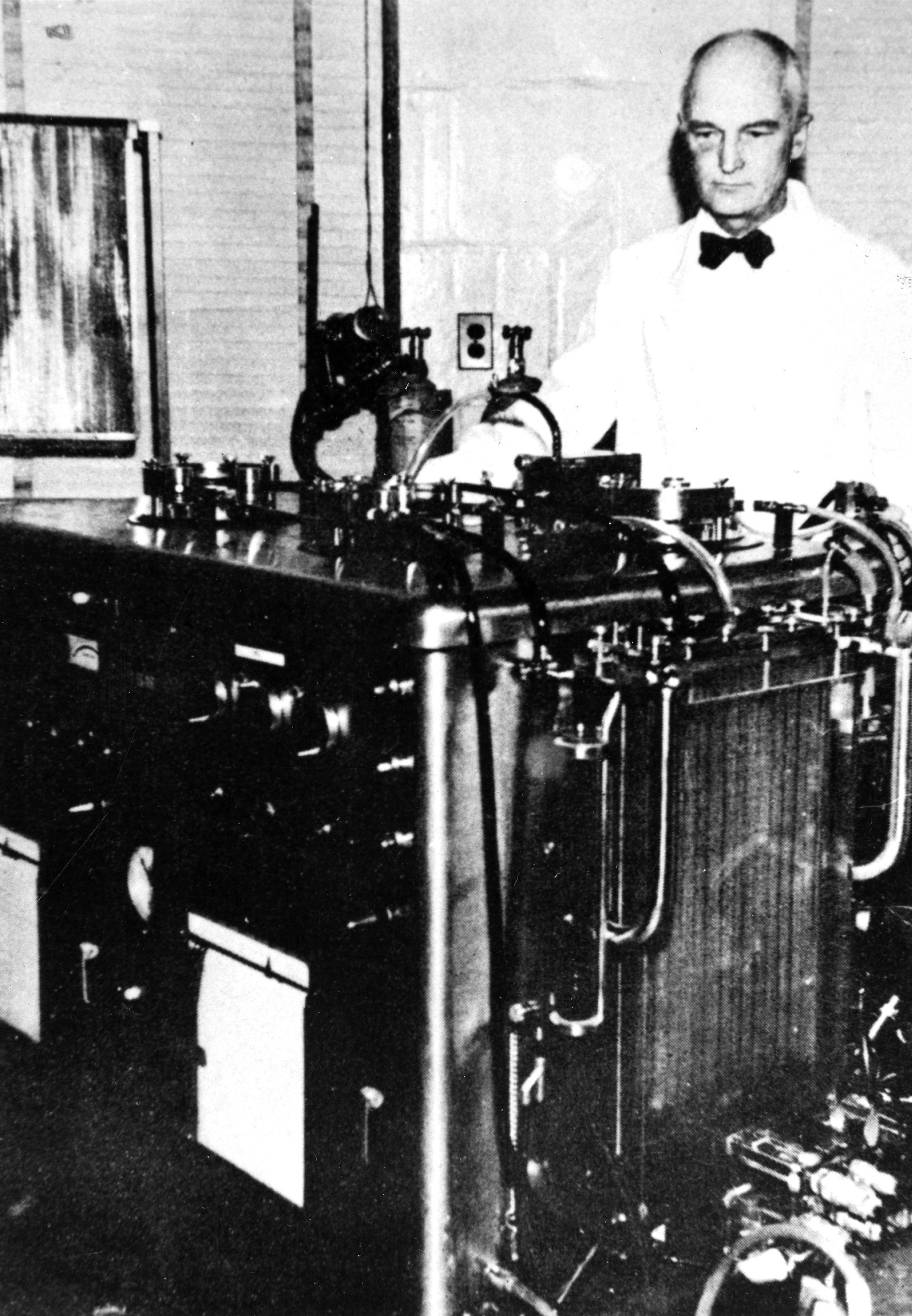A Timeline of Heart Innovations & Discoveries
Medical pioneers have been saving lives for more than 4000 years! With each new discovery, the foundations of the healthcare we experience today have been advanced and developed. Take a journey through time to explore significant breakthroughs in cardiac technology and technique that continue today.
c 500
Alcmaeon of Croton distinguished
veins from the arteries.
veins from the arteries.

420 BC
Hippocrates of Cos maintains
diseases have natural causes.
diseases have natural causes.

c150 AD
Greek physician Galen’s ideas dominated early medicine.

300-200 BC
The first recorded school
of anatomy in Alexandria.
of anatomy in Alexandria.

1242
Ibn an-Nafis discovers pulmonary circulation and coronary circulation.

1452–1519
Leonardo Da Vinci made detailed and accurate depictions of anatomy from human dissections.

The heart is essentially a simple pump.

c1560
Surgeon Ambroise Paré revived the ancient Greek method of tying off blood vessels.

1628
William Harvey describes circulation in
Exercitatio Anatomica de Motu Cordis
et Sanguinis in Animalibus.
Exercitatio Anatomica de Motu Cordis
et Sanguinis in Animalibus.

1816
Rene Laennec invents the
stethoscope.
stethoscope.

Watch this video montage about the essence of what the heart symbolises throughout history.

1842
Crawford Long performs the first surgery using anaesthesia with ether.

1896
First successful heart surgery by Ludwig Rehn, Frankfurt. Dr Rehn repaired a stab wound to the heart by direct suture.

1901
Karl Landsteiner discovers human blood groups (O, A, and B).

1903
Willem Einthoven invents electrocardio-graphy (ECG/EKG). Nobel Prize 1924.

1926
Australian anaesthesiologist Mark Lidwill resuscitated a newborn baby using electricity via a needle directly into the heart.

1929
Cardiac catheterization first performed
by Werner Forssmann.
by Werner Forssmann.

1938
Robert E Gross performed the first operation for ligation of patent ductus arteriosus.

1947
Defibrillator first used by Claude Beck to resuscitate a person for the first time during cardiac surgery.

1950
Horace Smirk : highlights the importance of hypertension in heart disease and trials the first drug treatment in New Zealand.

1958
The First heart - lung bypass operation in New Zealand on Helen Arnold.

A kiwi surgeon and his team, help advance groundbreaking surgical techniques .

1958
Charles Dotter, the father of angioplasty, avoids amputation in a 82 year old woman by dilating the narrow leg artery with a catheter.

1958
First implantable pacemaker designed by Swede Rune Elmqvist.

1960
Development of external cardiopulmonary resuscitation (CPR) techniques.

1960
Frank Pantridge in Belfast introduces the first portable defibrillator.

1961
Balloon embolectomy catheter
developed by Thomas J. Fogarty.
developed by Thomas J. Fogarty.

1962
Homograft aortic valve replacement: Brian Barratt-Boyes and Donald Ross simultaneously developed and expanded the use of natural aortic valves to relieve aortic stenosis.

1967
René Favaloro performed the first successful coronary artery bypass graft using the saphenous vein.

1967
Christiaan Barnard performs
first human heart transplant.
first human heart transplant.

1968
New Zealand Heart Foundation founded to fund researrch and begins promoting Healthy Lifestyle programmes.

1969
Profound hypothermia , a technique of surface cooling allowing the heart to stop and surgery to be undertaken on babies under two years and under 10 kgs was developed by Sir Brian Barratt-Boyes at Green Lane Hospital.

1971
Godfrey Hounsfield invents
first commercial CT scanner.
first commercial CT scanner.

1971
Magnetic resonance imaging (MRI) introduced by Paul Lauterbur.
.jpg)
1974
Prostaglandins: John Neutze, Bob Elliott and Mike Starling at Green Lane Hospital were the first to use a hormone like substance for keeping the ductus arteriosus open after birth.

1975
Successful procedure for transposition of great arteries (d-TGA) by Adib Jatene. In Brazil.

1977
Percutaneous transluminal coronary angioplasty (PTCA) by Andreas Gruentzig.

1980
Michel Mirowski and Morton Mower develop first implantable defibrillator.

1981
Angiotensin converting enzyme (ACE) inhibitors improve treatment of congestive heart failure.
1986
Expandable intracoronary stents successfully used in coronary arteries.

1986
Statins developed from fungus found to lower high blood cholesterol and reduce mortality after heart attack.

2002
Transcatheter aortic valve replacement (TAVI) first performed in France.

2018
Coronary heart disease (CHD) rates declining. Prevention strategies and innovations are working.

2019
Manaaki Manawa, the Centre for Heart Research Centre was established with a multi-disciplinary group of researchers committed to equity and continued advancements in cardiovascular research. As largest centre for Heart Research, The team seeks to innovate how we do research from bench to bedside to policy to improve cardiovascular care and patient outcomes.

2021
The first national centre of research excellence for heart research was established; Pūtahi Manawa or Healthy Hearts for Aotearoa New Zealand. This centre is te tiriti based with Māori and pacific leadership and equity as a focus using community engagement to guide research.







